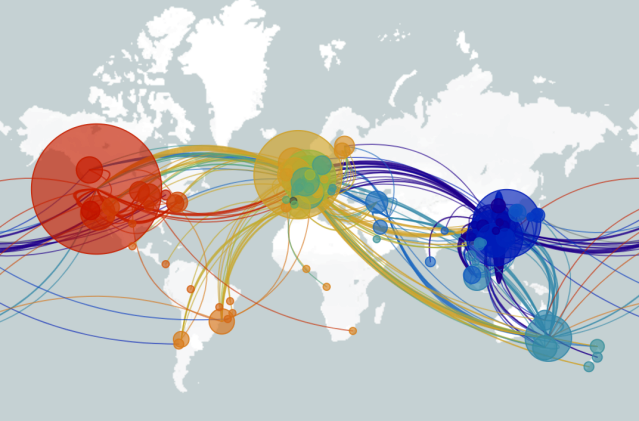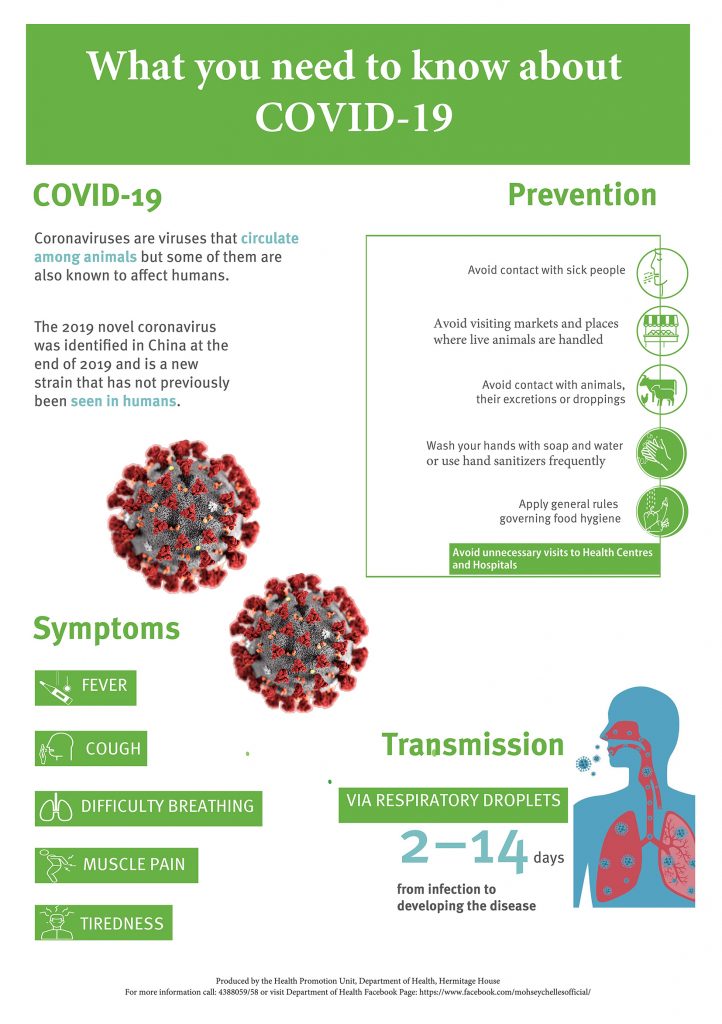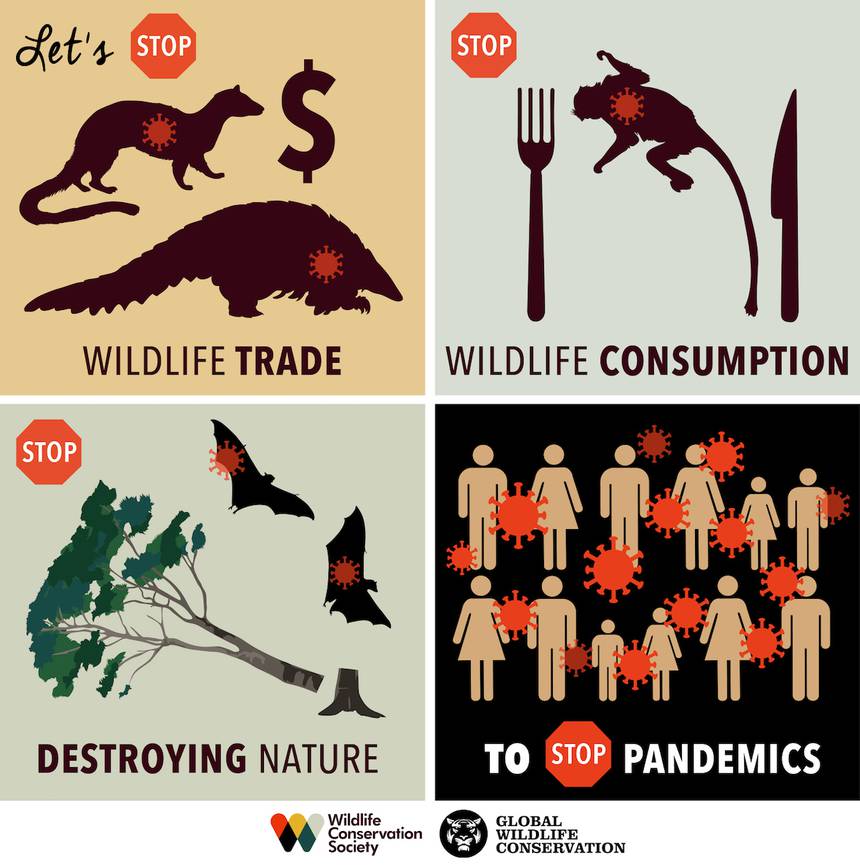This study analyzed l data from 311 regions across 116 countries with reported cases of COVID-19 by March 12, 2020, and found that temperature, humidity, and wind speed were inversely associated with the incidence rate of Covid-19. This means that it is likely that as temperature, humidity and wind speed increase the spread of COVID-19 decreases.
Link to article: https://www.medrxiv.org/content/10.1101/2020.03.27.20045658v1






